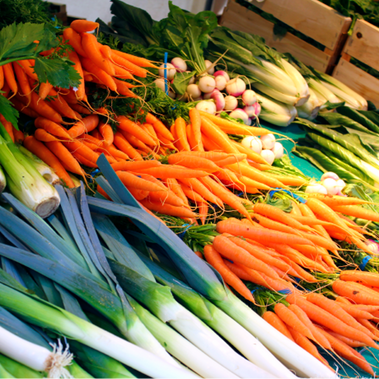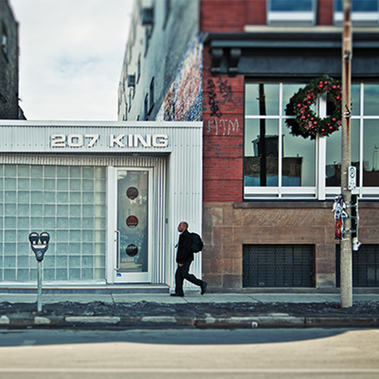This article first appeared in The Grocer
The Big Four are facing up to a harsh reality: they will never close the price gap to Aldi and Lidl. The discounters and pure online platers have hyper-lean operating models that enable them to pass cost savings on to customers. While it’s critical to stay within a few percentage points on price to retain customers, supermarkets should also focus on an area discounters and online businesses can’t rival: in-store customer experience.
To create appealing, exciting, and effortless shopping experiences supermarkets will need to splash out on new technology invest in skilled in-store jobs. This will be expensive. Fortunately, automation technology has the potential to significantly cut the cost of store operations to compensate for the spend on customer experience. Used the right way technology will improve the experience for customers.
US supermarket Wegmans is a world leader in this kind of grocery experience. With products that are reasonably cheap and of decent quality, they rely on exceptional customer service in their fresh department to attract shoppers. At no extra cost they blend smoothies, prepare a stir fry from ingredients hand-picked by the customer, and instead of a limited salad bar they have an expanse of pick-your-own-lunch options. All of this in a setting made to look like a peaceful Italian village.
While fresh food and related offerings create in-store attractions to entice consumers, washing-up liquid and toilet paper do not. This is where major cost savings can be made. There’s no real need for these products to take up valuable shelf space or replenishment time. Instead, they could be requested via an app or button, to be picked from the storeroom by a robot and sent to the checkout ahead of the customer – or directly home if that’s what the customer prefers.
Across the rest of the store, some retailers have already switched using automated decision-making for forecasting, labour-scheduling, ordering, and planograms. New technology, such as electronic shelf labels can cut labour costs further.
These technologies will also reduce the costs of delivering improved customer experience. Holding a cooking class or tasting sessions requires knowledgeable employees and costly management of high-quality fresh food. But this can be supported by behind-the-scenes tools and algorithms that help plan just the right amount of ingredients at the right time, and ensure the products featured are available on nearby shelves for customers to buy straight after.
For a typical supermarket, even with the new services and enhanced customer experience, total labour costs could be reduced by 30 – 40 percent. A combined focus on cost and a differentiated customer experience will allow supermarkets to win customers in ways low cost rivals can’t.





